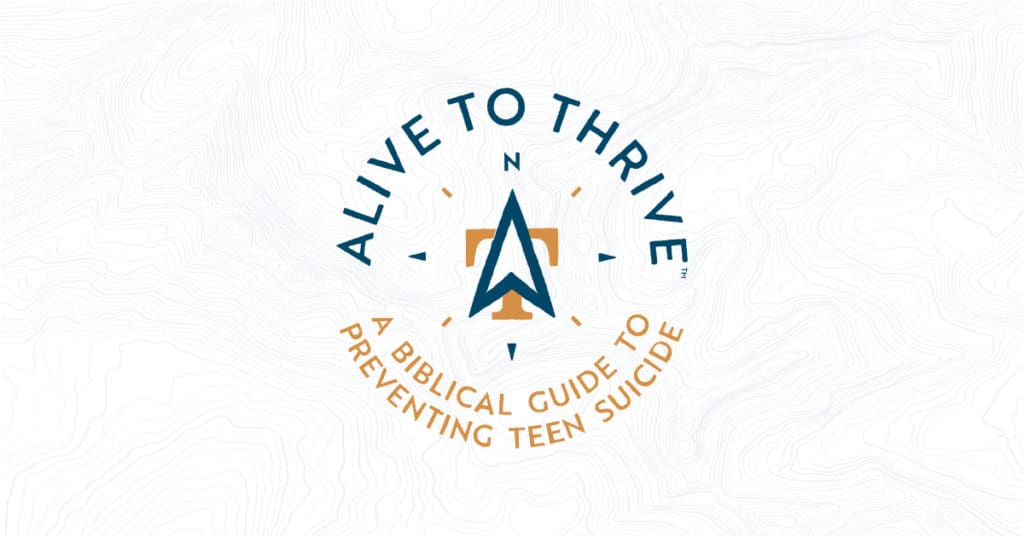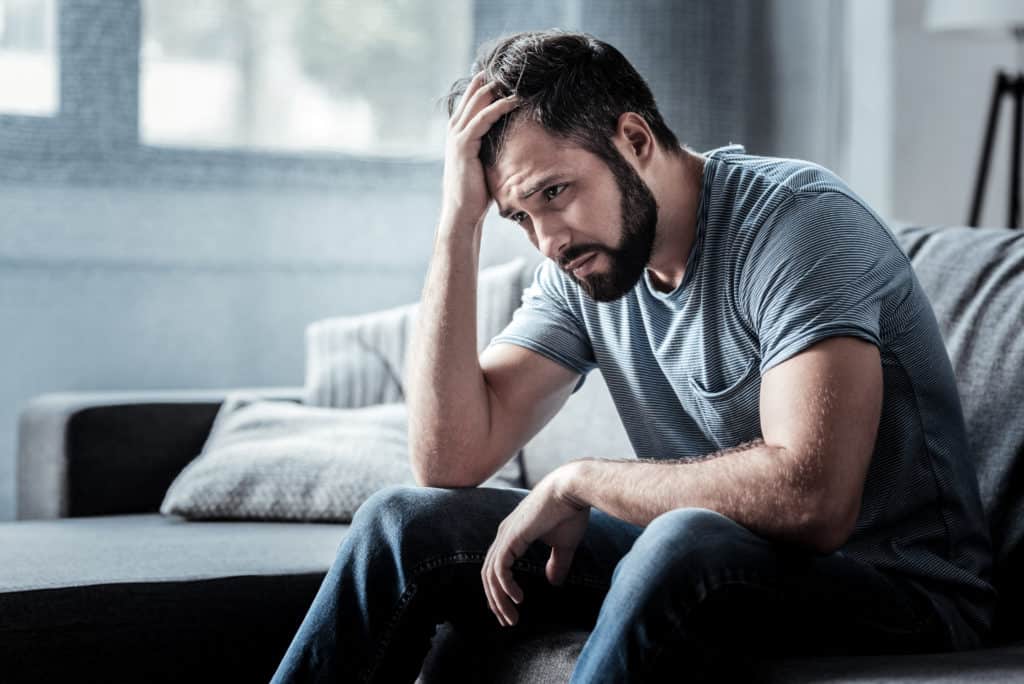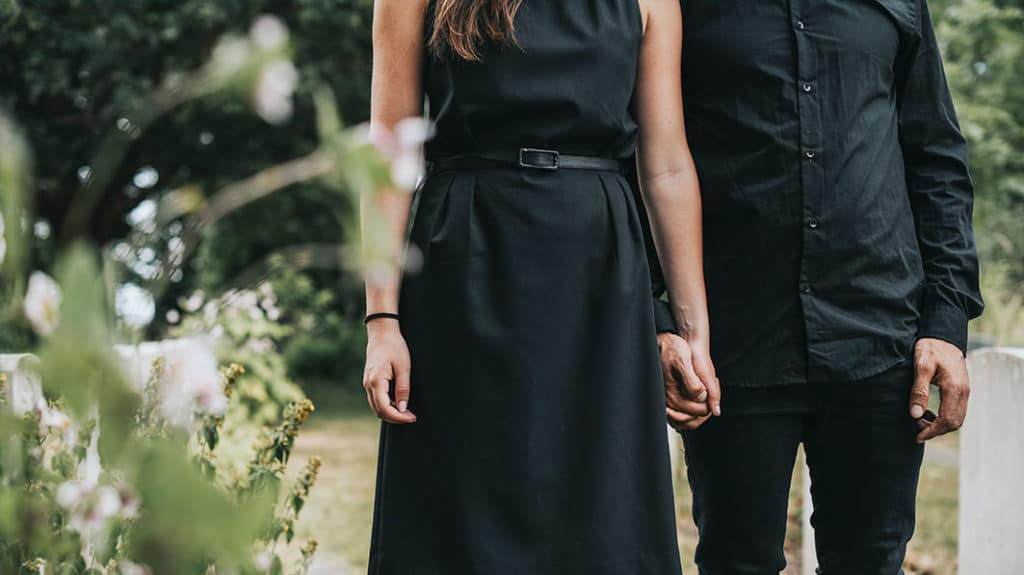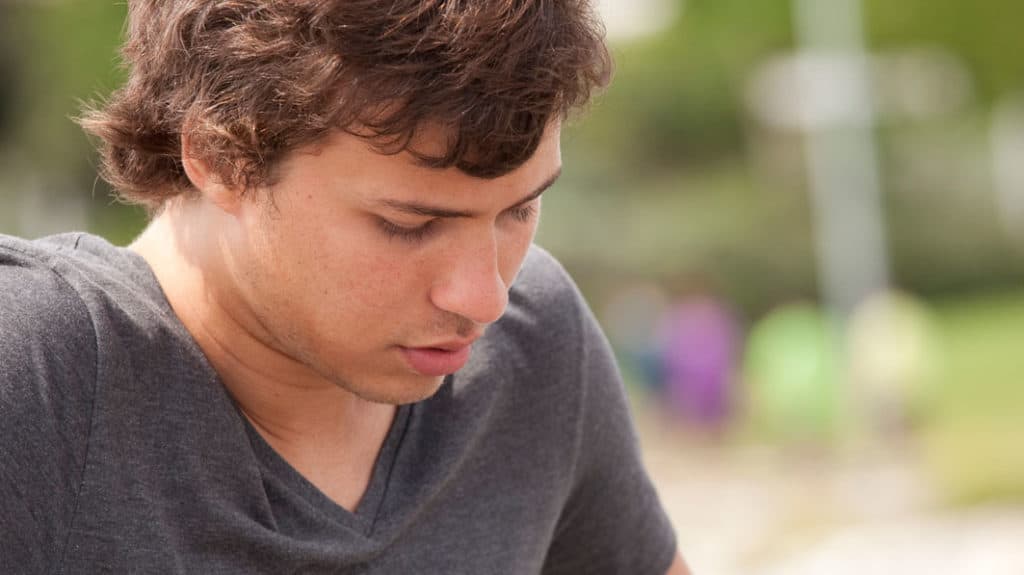Focus on the Family has created Alive to Thrive to provide help and hope for parents and others who interact regularly with young people. This free resource provides practical suggestions for preventing and responding to suicidal thoughts and actions.
Suicide
If you’re having suicidal thoughts because of coronavirus fears, help is available.
Our son took his life in 2007. During the healing journey my husband and I learned from the things we feel we did well and the things we wish we would known or had done differently. Here’s our story.
Pastors are not immune from suicidal thoughts, and neither are those under their care. How should a pastor shepherd individuals in the church who struggle with the debilitating effects of suicidal ideation?
Q: What is Physician-Assisted Suicide? A: Physician-assisted suicide (PAS) is much different than refusing treatment. PAS involves a medical doctor who gives a terminally ill patient the means to commit suicide, usually by an overdose of prescription medication. Q: Is Physician-Assisted Suicide Legal? A: Physician-assisted suicide is illegal and a crime in most states. It’s …
With the prevalence of teen suicides, parents can’t help but wonder, even worry, about their teen and depression.
Kara Tippetts was 38 and a mother of four. Brittany Maynard was 29 and a newlywed when she committed suicide by lethal prescription provided by a doctor. Both women had aggressive forms of cancer; yet, they approached it from very different perspectives.















